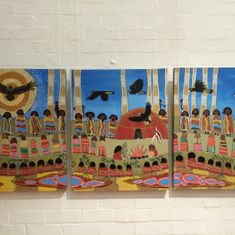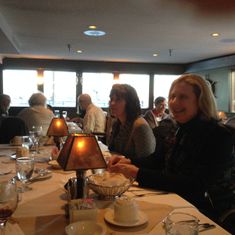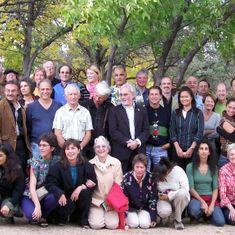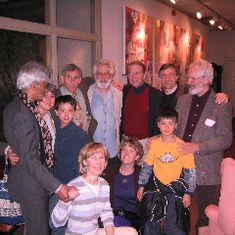Building Community through Storytelling





We want to create a storytelling event in the evening monthly for the local Wabanaki community (and others who wish to attend). We will plan a story cycle over the course of one year that will cover the local stories of Native American Maine, from creation through refinement of creation through the creation of the medicine through management of contemporary relationships.
The Wabanaki Confederacy comprises the 5 tribes of Maine: the Penobscot, the Upper and Lower Passamaqoudy, the Micmac, and the Maliseet. The language is shared with minor variations among these Nations.
Tremendous problems of alienation and disenfranchisement exist within the indigenous nations of Maine. Cultural alienation is prominent. Many members of Maine's aboriginal nations do not know any of their traditional cultural stories. Opportunities for connecting with others around culture are lacking. Small cultural enclaves exist, but they are often exclusive and not open to all members of these indigenous nations.
Listening to stories is an amazing way to create community. in this project, we will begin with storytelling of a story relevant to the time of year in which we find ourselves. After the storytelling, we will have a talking circle in which people talk about how the story affected them and anything else they are moved to say. The talking circle is a unique Native American format for communication, often attributed to the Lakota. In the talking circle, a topic is introduced for the group to consider, followed by a song and a prayer. Then, a decoated stick is passed around the circle and whoever holds the stick may speak for as long as he or she wishes without interruption. The stick goes around the circle until everyone is silent or the premises must be vacated. We have published research on the use of talking circles in primary care clinics, finding that they are more effective in reducing subjective distress than actually seeing the doctor.